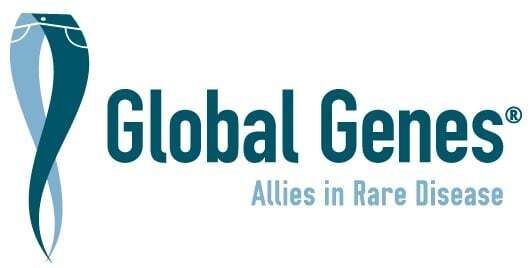
Advancements in Understanding and Treating KLA: Insights from a Pediatric Hematologist-Oncologist
Introduction
Dr. Whitney Eng, a pediatric hematologist-oncologist at Seattle Children's Hospital (formally at Boston Children's Hospital and the Dana-Farber Cancer Institute) presented an update on clinical features, treatment approaches, and outcomes for a rare and aggressive lymphatic anomaly known as Kaposiform Lymphangiomatosis (KLA).
Unraveling Kaposiform Lymphangiomatosis: An Overview
KLA, a relatively uncommon and aggressive lymphatic anomaly, was first delineated as a distinct condition from generalized lymphatic anomaly (GLA) in 2014. This disorder is marked by coagulopathy, recurrent effusions, and a host of challenging clinical manifestations. Swift and accurate diagnosis often presents a formidable challenge, as safe biopsy can be elusive due to complications like thrombocytopenia and hemorrhage.
Early Insights from Past Research
A retrospective study conducted in 2014 by Dr. Croteau and colleagues provided crucial insights into KLA's clinical course. This study covered 20 patients, revealing that despite aggressive multimodal therapies, the five-year survival rate stood at 51%, with overall survival at 34%. Clearly, KLA presented formidable challenges in terms of management and outcomes.
Current Landscape and Progress in KLA Understanding
Fast-forwarding to the present, recent research endeavors aim to deepen our understanding of KLA's clinical features, treatments, and outcomes. This retrospective review examined a larger cohort of 50 patients. This more extensive analysis helped paint a clearer picture of this complex condition.
Diverse Demographics and Diagnostics
The cohort analysis showcased that KLA predominantly affects females and is prevalent among white individuals. Diagnosing KLA can be intricate, given the complications in performing biopsies due to thrombocytopenia and hemorrhagic effusions. Hence, clinical and radiographic means are often employed for diagnosis. Surgical interventions, including pleurodesis and periocardiocentesis, are integral components of the therapeutic landscape.
Thrombocytopenia: A Common Marker
Thrombocytopenia, a hallmark of KLA, was observed in a significant proportion of patients. However, not all patients exhibited this feature. This variance underlines the complexities of diagnosing and understanding KLA's diverse presentations. Timely diagnosis remains a critical area of focus, as the time span between symptom onset and diagnosis continues to be substantial.
Anatomical Distribution and Clinical Features
KLA's anatomical distribution was explored, revealing that while mediastinal and lung involvement was prominent, not all cases displayed these manifestations. This revelation differed from earlier observations and emphasized the heterogeneous nature of KLA.
Effusions and Interventions
Effusions, a key aspect of KLA, were a focus of investigation. Pleural and pericardial effusions were common, necessitating surgical interventions. Drain placement was required for extended durations, emphasizing the complexity and acuity of managing KLA.
The Role of Medical Therapies
Medical therapy, particularly the use of sirolimus (also known as rapamycin), gained prominence in KLA management. Trametinib was used to treat a small number of KLA patients with the NRAS gene variant resulting in a significant improvement in a majority of treated patients. However, not all KLA patients responded to sirolimus or trametinib highlighting the need for further therapeutic options.
Survival and Clinical Findings
Survival rates were compared between different cohorts, revealing an upward trend in recent years, likely due to the increased use of sirolimus in KLA treatment. Clinical findings between patients who survived and those who didn't illuminated certain high-risk features, such as lung and bone involvement, bleeding requiring transfusion, and the presence of effusions.
The study underscored the importance of early diagnosis, advancements in targeted therapies like MEK inhibitors (trametinib) and addressing potential health disparities among KLA patients.
Conclusion
Whitney Eng's presentation provides a comprehensive overview of the evolving landscape of KLA research and management. The journey from the past to the present showcases the strides made in understanding, diagnosing, and treating this complex disorder. As research continues, the lessons learned from KLA shed light on the broader arena of vascular anomalies and pave the way for targeted therapies and improved outcomes. The commitment to uncovering the intricacies of KLA remains paramount, driven by the collective goal of enhancing the lives of those affected by this challenging condition.
Join Us in Making a Difference
Your contribution, big or small, can help fund further research, potential treatments, and ultimately bring hope to those battling KLA.
Let's come together as a community and extend a helping hand to those in need. Your generosity can be the ray of hope for a brighter future.
Let's make a positive impact together! Contribute today!










